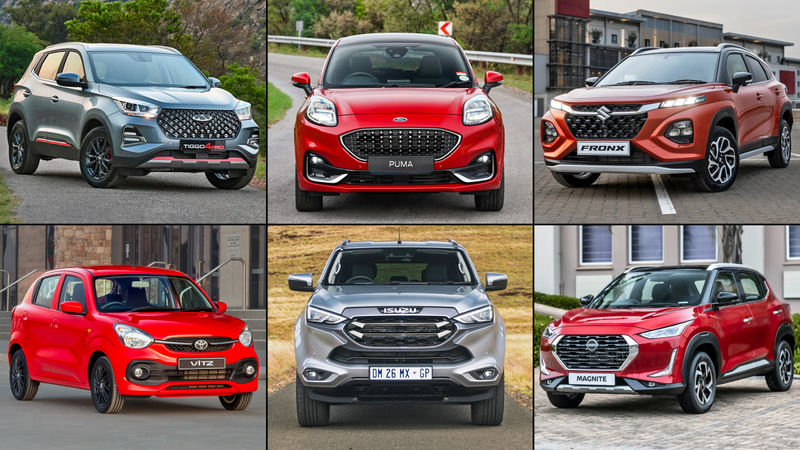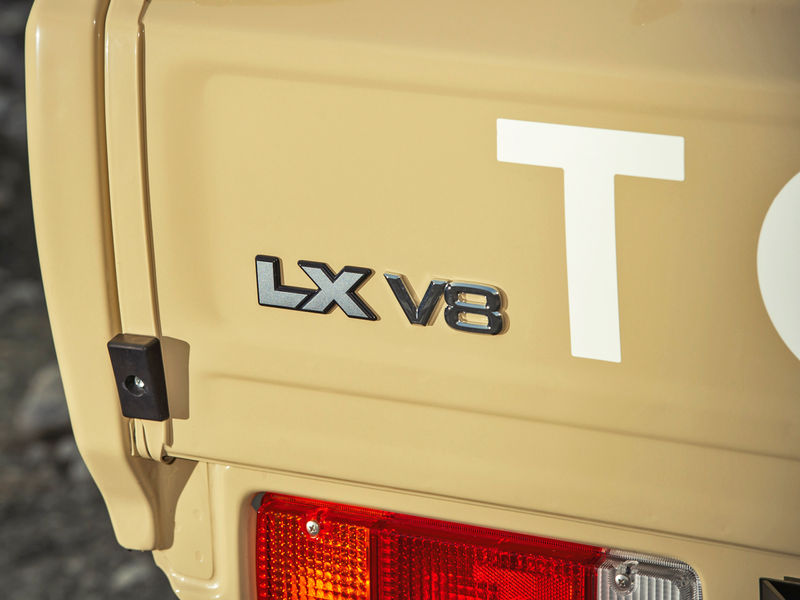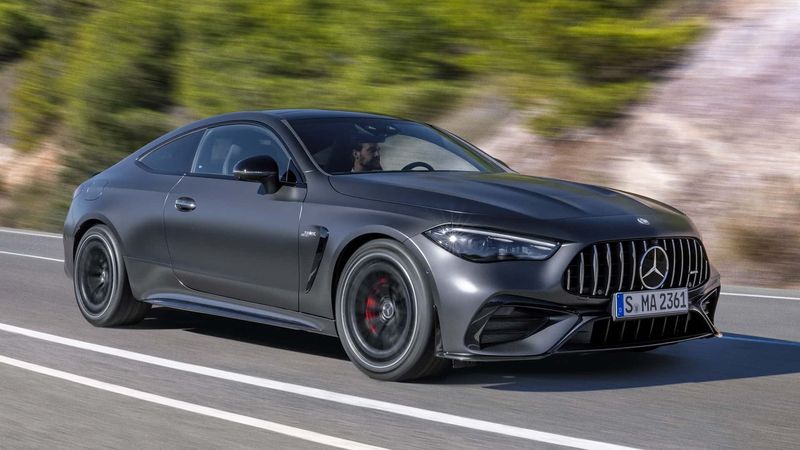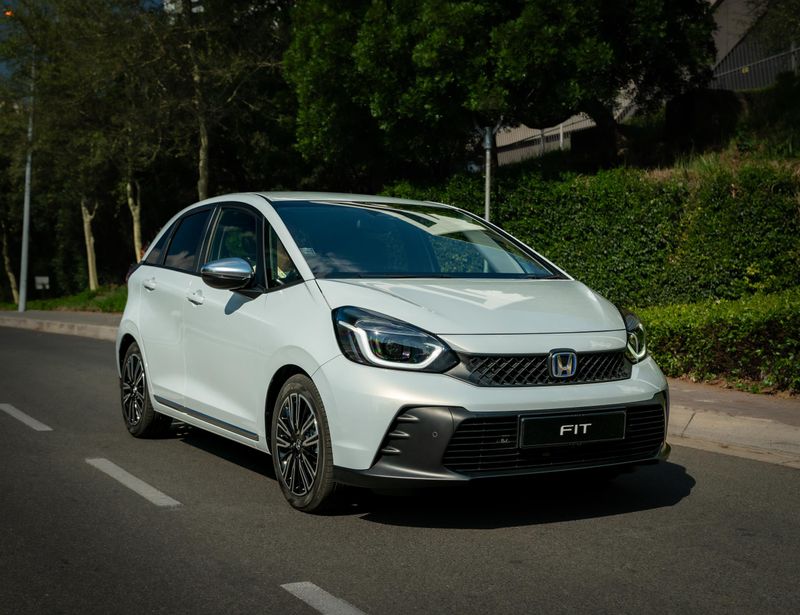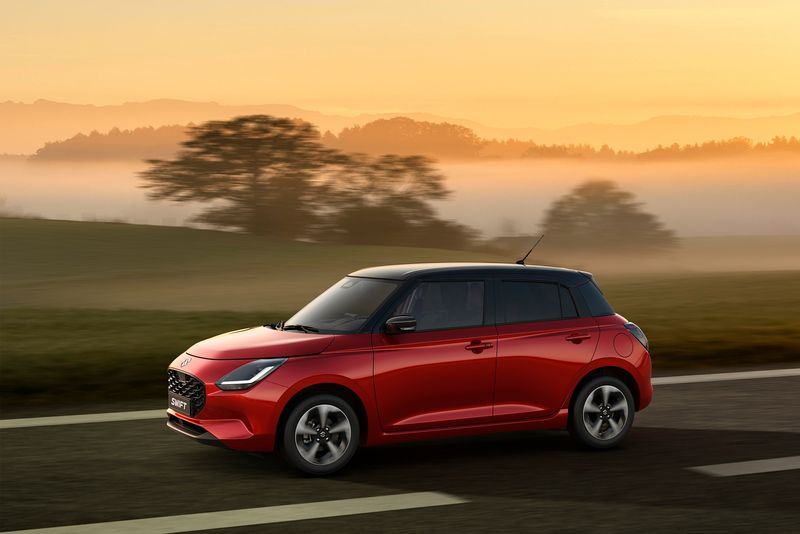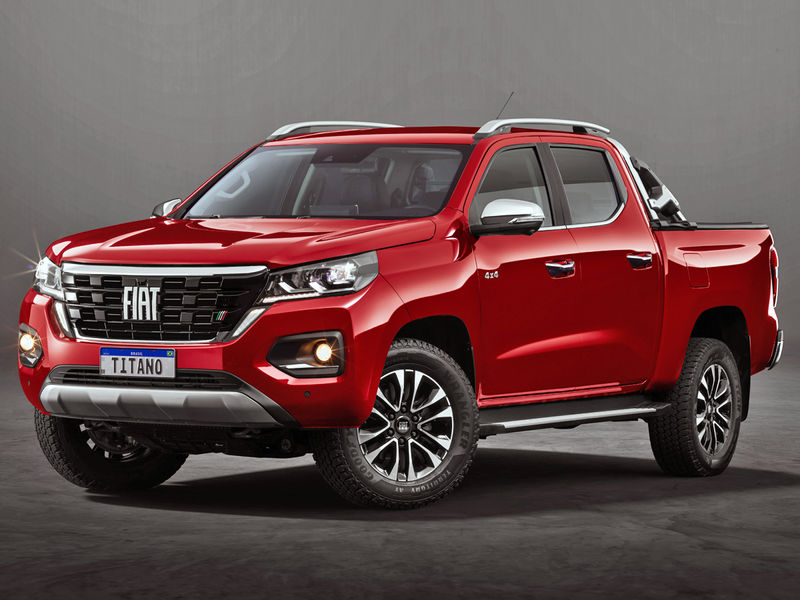

















The XUV300 is aimed squarely at the burgeoning compact family-car segment. Recent sales statistics suggest it's the onlypassenger-car segment that's registering notable growth in South Africa’s declining new-vehicle market, Mahindra says.The firm'snewcomer will go head-to-head with the Ford Ecosport, Renault Captur, Nissan Qashqai, Hyundai Creta, Suzuki Vitara and upcoming VolkswagenT-Cross, just to name just a few.
In case you haven't read it yet:Mahindra XUV300 (2019) Specs & Pricing

The XUV300 looks modern and distinctive.
The XUV300 range incorporates 2 engines and 2 different specs (W6 and W8). For the moment, all derivatives come with a 6-speed manual ‘box.It’s a vehicle that has done extremely well in Mahindra’s home market and in order to ready it for South African conditions, the XUV300 underwent stress testing at local vehicle testing facility Gerotek. Let’s see how it stacksup after a couple of hundred kmaround the Western Cape.
Own a Mahindra? Tell us about your experience here.
Mahindra only made the top-spec1.5-litre turbodiesel W8 available to us to drive on launch day, but it proved to be quite refined, fuel-efficient and adequately punchy. Both the turbodiesel and (1.2-litre) turbopetrol are newly developed for the XUV300 and match up well against the competition. The turbodiesel produces peak outputs of 86 kW and 300 Nm of torque, whilethe turbopetrol weighsin with 81 kW and 200 Nm of torque.

The turbodiesel unit offers up excellent power and torque numbers.
The turbodiesel is responsive, not overly noisyand well-matched to its 6-speed manual 'box. There aren’t many manufacturers that offer a diesel model at this price in the segment and the Mahindra motor meets – and even exceeds– the segment standard. It also proved quite fuel-efficient over the 250-km trip. We didn't drive with efficiency in mind, yetthe test unit returned 6.5 L/100 km, so even lower consumption is achievable.
Having said that, we look forward to testing the turbopetrol unit as it appears to be the fuel of choice in the segment for the foreseeable future.
There are a fair few differences between the W6- and W8-spec WUV300 derivatives, to see a full list of specifications, click here.
The 7-inch touchscreen infotainment system is standard across the range and is intuitive to operate. Navigation is built in, but W8 versions further feature Android Auto and Apple Carplay compatibility. What's more, theinterface comes replete with aBluesense app that can connectwith your Smartwatch/phone,trackyour driving patterns and scoreyou on a set of eco metrics.

The 'Oreo' interior is well-appointed in the W8 version.
The W8’s seats are trimmed in less-than-practical white leather, with no other colour options available as yet, but in their defence, they're quite comfortable and supportive. The dashboard has the colour scheme of an Oreo cookie:with a black top, white insides and then black carpeting on the floor. It seems quite well put together with the materials being a mix of soft- and hard-touch plastics (thosebits that aren’t leather, at least).
There are a few ergonomic quirks within the cabin, however. The centre console gets in the way of your elbow when shifting (especially for taller drivers) and the steering column is not adjustable for reach, only rake (up and down).
In terms of rear passenger space, legroom isn’t bad and headroom only becomes an issue to people who are taller than 6ft (183 cm). The load bayis on the small side (249 litres), but when you fold the rear setback flat,600 litres of utility space becomes available.

The load bay is a bit on the small side at just 249 litres.
The safety spec on W8 derivatives is well up to scratch and features traction control, 7 airbags, ABS, EBD and ISOfixanchors in the rear. The W6 derivatives drop5 airbags and traction control, which is disappointing in a compact family car, but that's how the car comes specced from India.
In terms of its ride quality, the XUV300 is certainly the best product Mahindra has released to date, at least in South Africa. The suspension is set up for optimal on-road comfort, which is a higher priority in this segment. That said, it’s not soggy and settles down nicely after bumps and jolts.
The steering comes with changeable settings that adjust the ease withwhich you turn the steering wheel. They range from Comfort to Sport, with Normal in between. The weight adds up the further you lean towards Sport, but it never becomes overly heavy or unnatural in feel.
Overall, the driving experience is pretty good. The XUV300doesn’t handle like a performance SUV, but for its particular target market, the Indian compact family car does the job well. Having sent it over the 50 or so twists of the Franschhoek Pass, it came out the other side with ease.
The manual-only optionmay perturb some buyers as the increase of autos in the segment is noticeable. Currently, Mahindra doesn’t have an auto available for the XUV300, but the firm is apparently working on one for the South African market.

The XUV300 is keenly-priced in a very busy segment.
Withnew vehicle prices climbing at an alarming rate at the moment, an increasing number of new-car buyersare likely to look to alternate brands' products for better-value-for-moneypropositions. The Mahindra XUV300 may very likely to be one of the vehicles that will benefit from this trend.
The range's keen asking prices area major attraction:the top-spec (W8 turbodiesel) version we drove costs R324 999. In terms of features, it hits all the marks: infotainment system is up to date, safety equipment is respectable and the engine power and refinement are just about class-leading.
Mahindra's newcomer asks a lot of questions of its rivals. Let’s see how buyers respond to this:the best product to come out of Mahindra to date.
Mahindra XUV300 (2019) Specs & Pricing
Mahindra to build bakkies in SA
Ford Ecosport (2018) Video Review
